Interview with Anthony Julian Tamburri, Distinguished Professor
Most of you know Anthony Julian Tamburri. For the general public he is a notable scholar, a prolific writer, and the Dean of John D. Calandra Italian American Institute, the largest university-wide institute outside of Italy dedicated to the study of the Italian diasporic experience.
For us, he is first of all a friend and the president of the Italian American Digital Project — thefirst person to believe in i-Italy seven years ago and the one who made its start possible.
Now, effective this past September 1, he is yet something else: a CUNY Distinguished Professor. Reserved to a handful of people, the status of Distinguished Professor is conferred by the City University of New York Board of Trustees in recognition of special scholarship merits and commitment to teaching. Tamburri is Queens College’s 15th distinguished professor, and the first in his department, European Languages and Literatures, to achieve this title.
We met him in his 17th-floor office at the Calandra Institute, in the very heart of Manhattan a few steps from the NY Public Library and Bryant Park.
What is a Distinguished Professor and why is this title so important?
The title of Distinguished Professor is the highest academic recognition that one could achieve in the university system in the United States. Within CUNY, there is the particularity, as I have understood it, that the approval of such depends mostly on the review process that is peer reviewed. One is judged at three different levels: the department, the College, and CUNY-wide, all by professors. It is, further, an anonymous process. For me, it is precisely the fact that this is a faculty-based recognition that makes it all the more prestigious; namely, my colleagues at various levels at Queens College and CUNY thought me meritorious of such a distinction.
Your Distinguished Professor title is important also for a few specific reasons: there are very few Distinguished Professors in Italian Studies and even fewer in Italian-American Studies (William Connell, Peter Carravetta, Teresa Fiore, Fred Gardaphe, Mario Mignone, Stanislao Pugliese, to name a few). What is the significance of this Distinguished Professorship for the field?
For the fields of both Italian and Italian-American Studies, such a distinction, first and foremost, brings attention to the fields. While my official title is “Distinguished Professor of European Languages and Literatures,” my professional development and subsequent career have been evenly divided between Italian and, as I write it, Italian/American Studies, which is widely known. Thus, in addition to bringing attention to the fields, it also, and this is germane specifically to Italian-American Studies, offers approbation — both acceptance and endorsement by such a system that is CUNY, the largest urban university in the United States that boasts a graduate studies system that is the CUNY Graduate Center that is second to none.
But Italian-American Studies is not part of CUNY’s Graduate Center. Why is that?
You are correct; it is not an official component of CUNY’s Graduate Center. What I can emphatically state is that Queens College can now boast being the first college and/or university in the United States to have formalized Italian-American Studies at the graduate level. Two years ago the Queens College Academic Senate approved four graduate courses in Italian-American Studies; they are open to all and, most significant, constitute an option for at least two M.A. programs at Queens College: the MALS (Master of Arts in Liberal Studies) and the M.A. in Italian. The course titles are: ITAST 701-Problematics in Italian/American Culture; ITAST 702-Italian Americans and Ethnic Relations: Interdisciplinary Approaches to the Study of Inter-culturalism; ITAST 703-Italian American Literature; ITAST 704-Italian/American Cinema: Production and Representation.
But didn’t you teach Italian-American Studies at the graduate level elsewhere?
Indeed I have. While I was at Purdue University I taught two different seminars under the auspices of Comparative Literature, which were crossed listed among four departments: American Studies, Comparative Literature, English, Italian. This always tickled me because it demonstrated how this mid-Western university was so open to making sure a course made when the students enrolled wanted and/or needed it for their respective degree programs. Dare I say, one of my Purdue students is now a full professor within the CUNY system.
I also taught seminars on Italian/American literature and cinema while I was at Florida Atlantic University. There, as both chair of Languages and Linguistics and, subsequently, Associate Dean for Graduate Studies, Research, and Interdisciplinary Studies, and director of the Ph.D. Program in Comparative Studies, I had six students taking courses in Italian Americana, three of whom wrote dissertations related to the field, two of which have been published as books.
Why do I mention all this? It is incumbent upon us professors of Italian and Italian-American Studies to make sure that our subject matters are taught in as many colleges and universities as possible. This is not as urgent with regard to Italian Studies, though some universities are looking to Italian Studies to save money in spite of the successes the programs. With regard to Italian-American Studies, we remain in an “in-between” space; we are neither Italian enough for the Italians or ethnic enough for the Americans. Hence, we fall between the cracks on both sides of the ocean. My past experiences at places not as cosmopolitan as the greater New York metropolitan area convinces me that pressure both from within — professors — and from without — the Italian-American community and elected officials — will succeed in getting programs established, even, dare I say, at the graduate level. This is an intriguing fact: in no state-supported university in New York — five possible candidates — is there a freestanding Ph.D. program in Italian Studies; there is only the Ph.D. Specialization in Italian within the Department of Comparative Literature at the CUNY Graduate Center, and, fortunately, the current director is most friendly to Italian Studies.
One of the merits that earned you the title is surely your tireless efforts to renovate and modernize the Calandra Institute. Once not held in much esteem in intellectual circles, under your leadership the Institute now publishes two book series and a peer-review social-science and cultural studies journal (Italian American Review), organizes an annual international conference and a host of events during the year, which include book and film presentations, seminars, lectures, readings. Please tell us how and why the Calandra Institute was created, and what it has become today?
The Calandra Institute is the largest institute of its kind outside of Italy that was founded as the Italian American Institute to Foster Higher Education in order to promote understanding and research of the Italian-American culture and experience, as was originally stated in 1979. At the outset, the Institute had three major components: counseling, outreach, and research. And while it went through a restructuring in 1995 — which had followed a lawsuit that saved the Institute as a Manhattan entity — it continued to carry out a mission similar to the founding goals. The Institute went through a period of stasis before I arrived, so in an uncanny way the path was paved to expand existing programs and develop new ones, especially those involving critical and analytical, peer-review quality research.
Your activity is not limited strictly to academia. Indeed you are the executive producer and host of Italics, a monthly TV program aired on CUNY TV, dedicated to the Italian-American experience. And, of course, you are part of the editorial board of i-Italy, that which produces a website, a magazine, and a weekly TV show (on NYCTV Channel 25). You could be defined a “public intellectual.” Why is it so important for you to get out of the academic ivory tower and communicate to larger audiences?
Your use of the term pubic intellectual in my regard flatters me. Dare I say, it was the original track of the Ph.D. Program in Comparative Studies that I directed at Florida Atlantic University. But public intellectualism — a clear articulation of facts and issues that may be masked or hampered by mainstream and therefore confuses instead of enlightens — is essential if we are to engage in any sort of ethnic discourse, by the very fact that discussions of ethnicity (Italian-American, for sure) may in fact involve narratives that often rely as much on imagination and embellishment as well as on historical accuracy, a common trait as stories are passed down from generation to generation. In our ivory tower, academic research we surely uncover the difference between historical fact and embellished narratives. This is surely our task as cultural critics and historians, as professors that is. But when we wear the hat of the public intellectual as well, we need to be sure that what we say outside the hallowed halls of the academy is of the same substance of our research but that it is expressed, instead, free of the discipline-specific language, and hence communicated, in turn, through a vocabulary that is both commonplace and wide-spread.
This should be one of the basic goals of scholars of Italian-American Studies as well as of the institute and centers in which they operate. This goal of clearly articulating the difficult and complex is also what we hold as one of our goals of our public programming of various sorts: the publications, the lectures, symposia, and conferences you mentioned above, as well as the various technological methods of communication at our disposal today, from television to the Internet. In fact, we recently heard from one of our colleague friends in California that a certain individual who attends their events stated that “she has been using the Calandra website to learn about Italian American history/culture—she said basically ‘I’ve gotten an entire university education in Italian American Studies from Calandra, from their website — it has everything — I’ve watched every video, ordered books from it, etc.’ She was quite effusive and appreciated the diversity of what she had learned.”
This type of reaction is what validates not only what we do at the Calandra Institute, but it also underscores the equally indispensable value of the entire i-Italy project. The more we can inform our communities (both the Italian-American as well as the Italian community in the United States), the better off we shall be as a community, and the better our standing will be within the greater community of the United States. But all of this takes time, effort, and finances, and we need to continue to beat the drum of cultural philanthropy with the hopes that those who can will eventually understand that culture is just as important as any of the more “natural” and/or “hard” sciences.
What are your plans for the immediate future?
As a scholar, I am working on two major projects: one is a book-length study dedicated to the Italian writer in the United States: that person who writes in Italian but lives here; the other is dedicated to a new book on Italian-American cinema, those films that many chat about but no one really studies. The third project in the works is a research guide for non-Italian speakers on Aldo Palazzeschi.
As for the Calandra Institute, we have much work ahead of us. While it is true that we have done much in these past eight years, we shall continue to hone, develop, and modify as need fit our many programs. Not mentioned above is, for example, our Oral History Project, which to date, consists of 22-plus interviews and a 30-minute video of state-level Italian-American elected officials; we hope to have a book out by year’s end. We have also developed two new projects revolving around demographic studies of Italian Americans in the workplace. And we have resurrected a Counseling Center at the Institute, so students of the various Colleges within CUNY can have access to counseling services specifically sensitive to an Italian-American mind-set.
Also on our plate is a further development of the “Italian American Studies Network,” born out of the four-day workshop that the Calandra Institute organized and led at the Rockefeller Foundation Center in Bellagio, Italy; it was a meeting between nine scholars of American Studies from Italy and nine scholars of Italian-American Studies from the United States.
On an international level, through our CUNY/Italy Exchange, we have also developed courses on Italian- American Studies at both the University for Foreigners in Perugia and the University of Calabria. In the second case, a specific course was formalized, entitled CLIA (“Cultura e Letteratura Italiana Americana”). It is the first official full course on Italian/American literature and culture in Italy. The course was established for the graduate degree of “Laurea magistrale” (a two-year level degree, similar to the U.S. Master of Arts) in Modern Languages and Literatures.
Finally, we shall continue to work with other institutes and centers, such as, for example, New York University’s Casa Italiana Zerilli-Marimò, as well as engage people in the community who are interested in developing scholarships for graduate students who wish to continue their careers in Italian and/or Italian-American Studies.































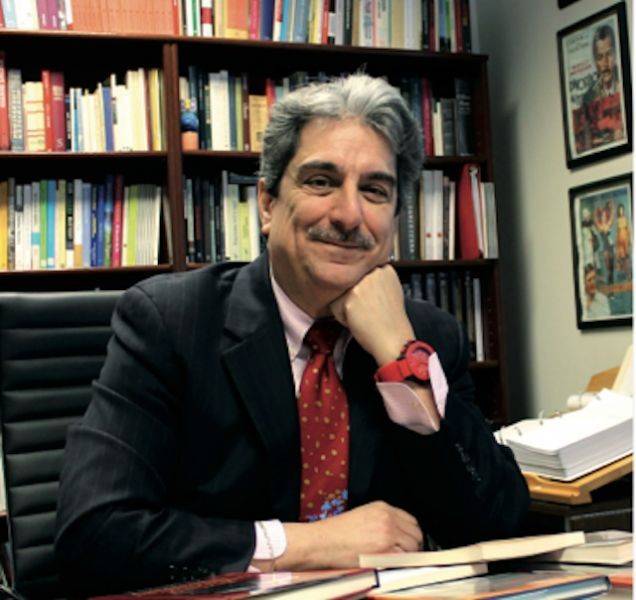
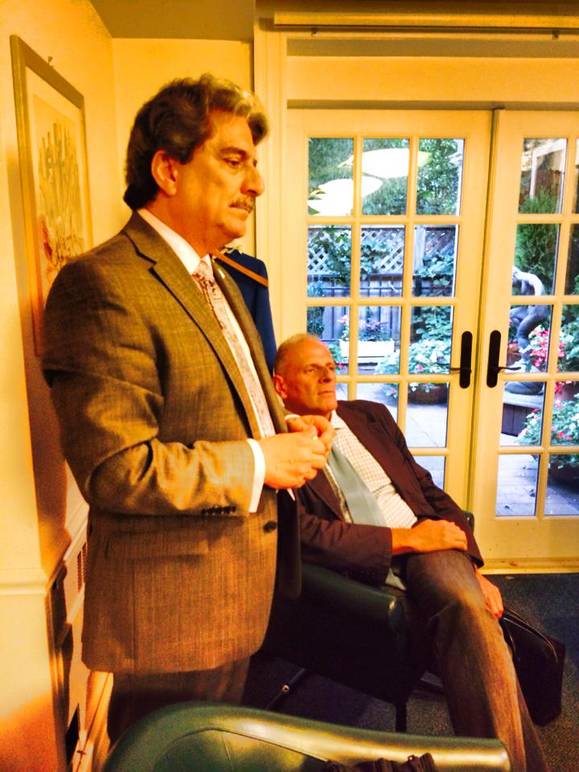

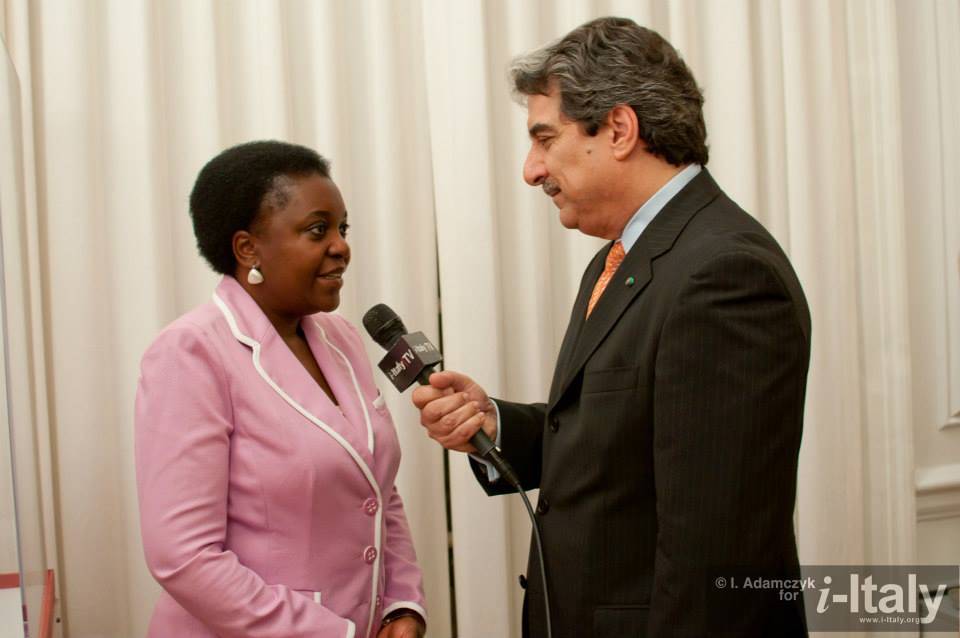
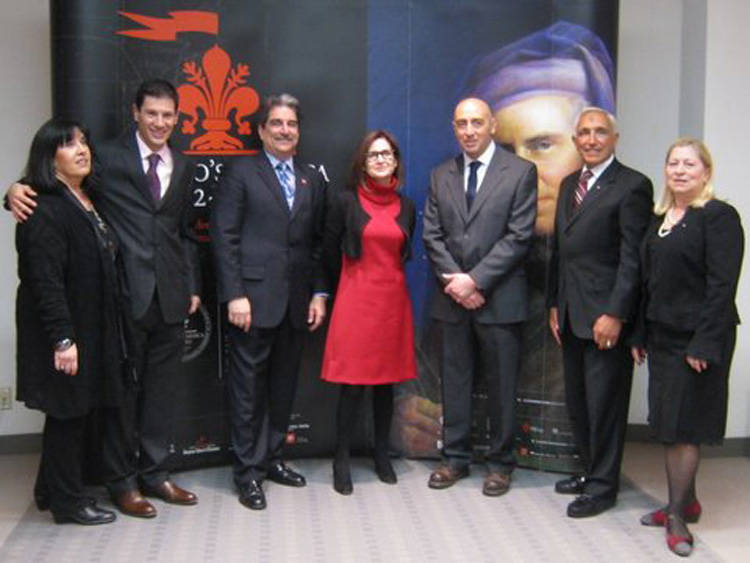
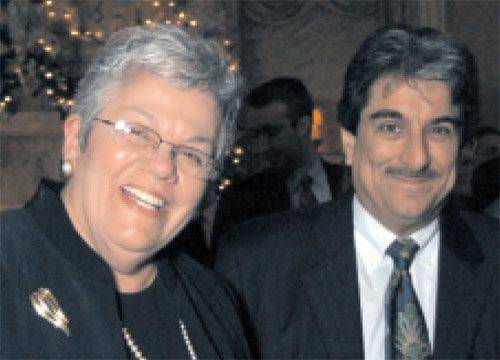


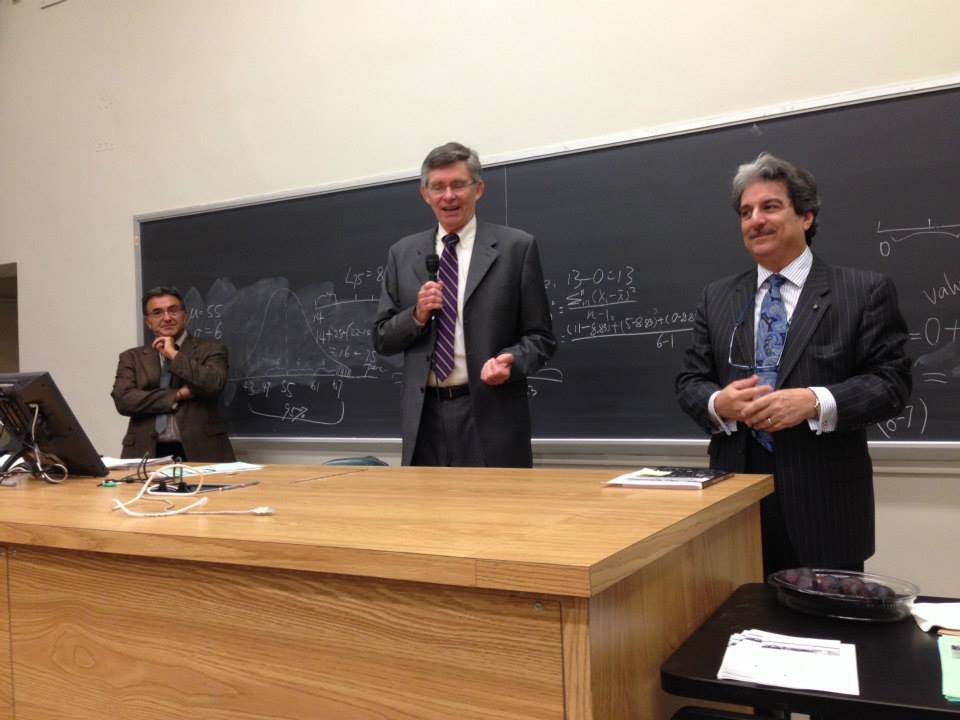

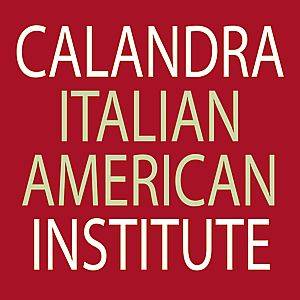






i-Italy
Facebook
Google+
This work may not be reproduced, in whole or in part, without prior written permission.
Questo lavoro non può essere riprodotto, in tutto o in parte, senza permesso scritto.